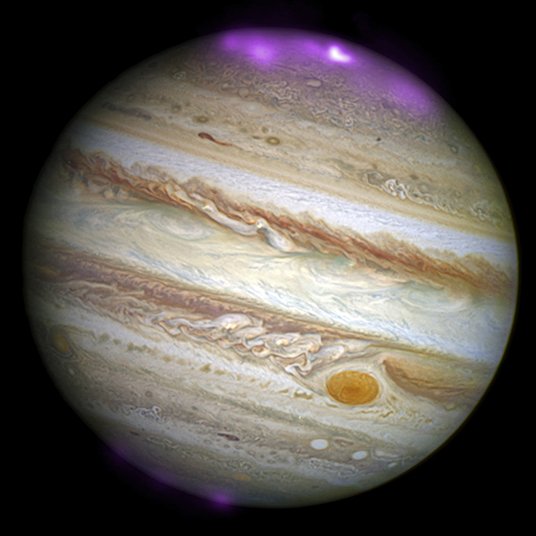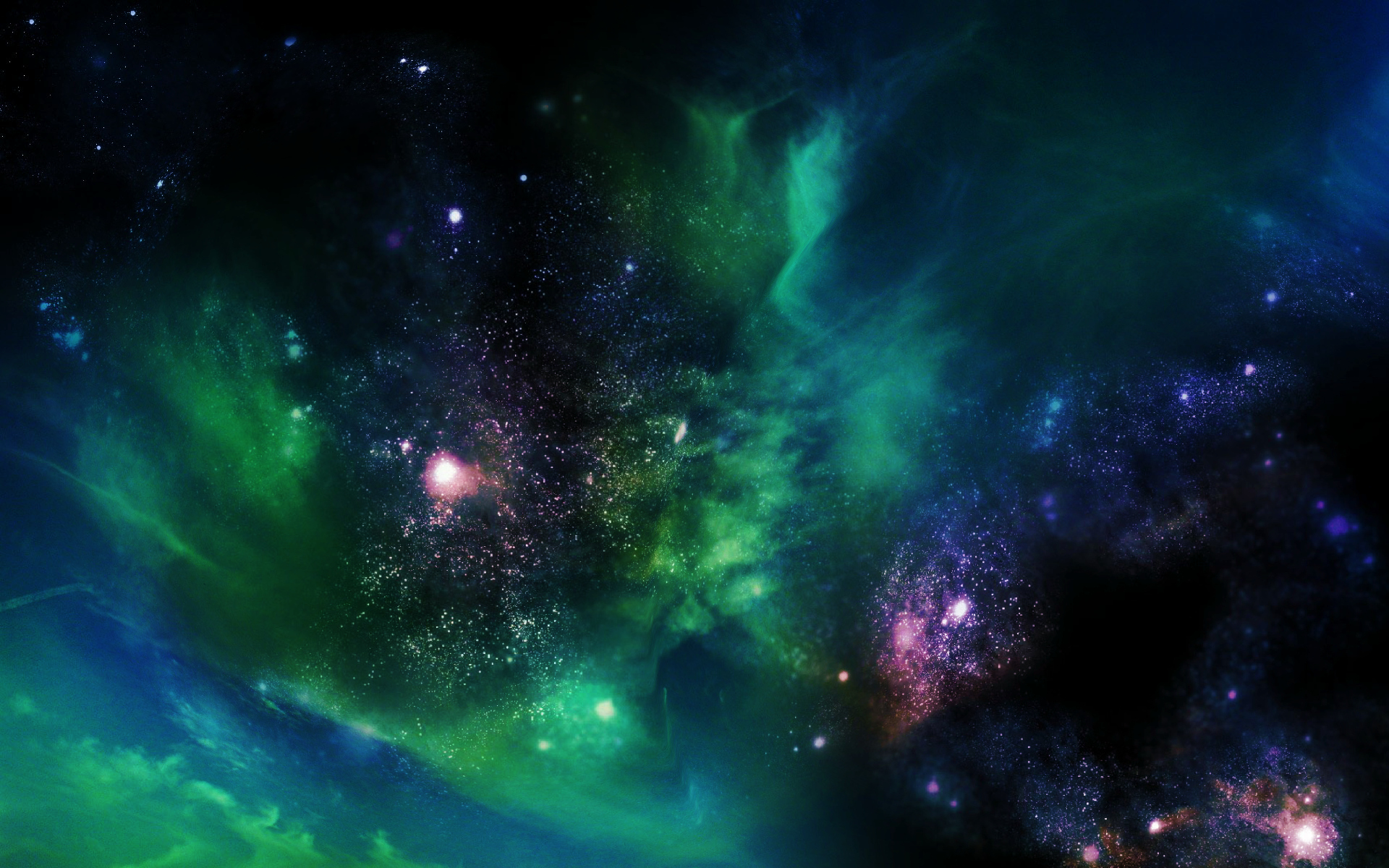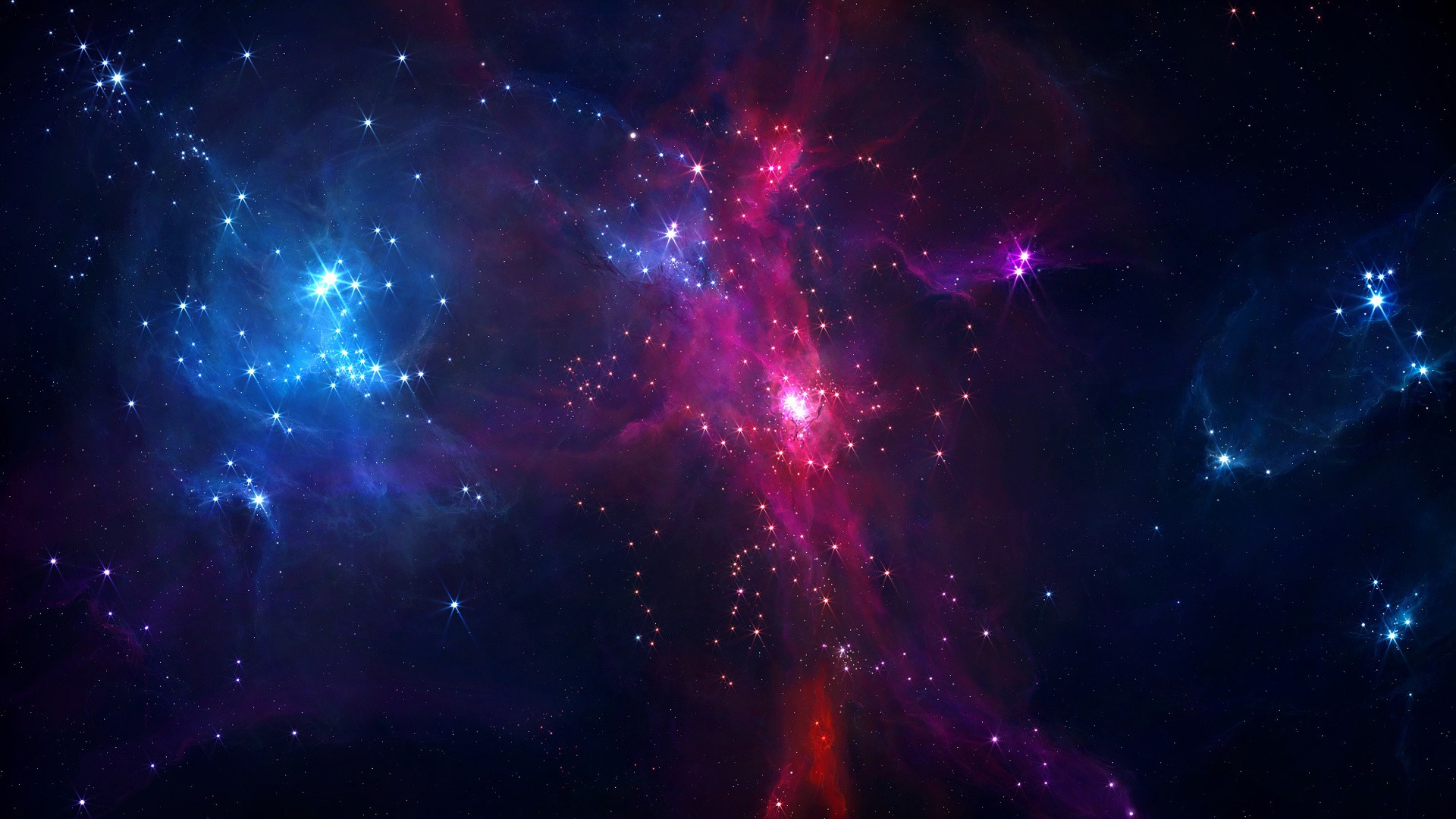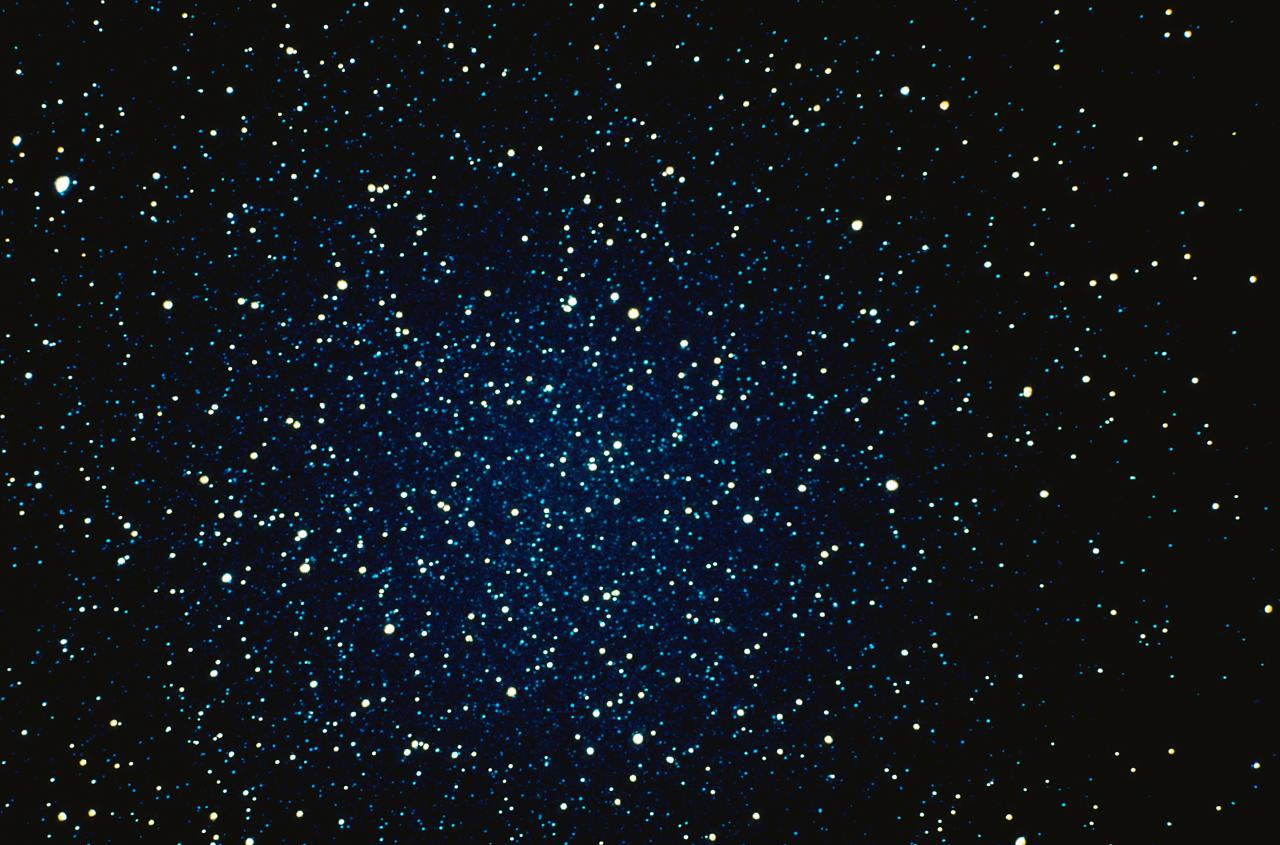
The ExoMars Trace Gas Orbiter has released the first images from its new orbit, taken on April 15 from 400 kilometers above the Martian surface.

A planetary scientist has used careful mathematical calculations to determine the density of Mercury's crust, which is thinner than anyone thought.

At the north pole of Jupiter eight storms are arranged around a single polar cyclone. In the south, one storm is encircled by five others.

Researchers have identified eight, massive sheets of ice just below the Martian surface, and they appear to be relatively young deposits.

MIT team designed an environmentally friendly city for the red planet that mimics a forest, with solar-powered dome tree habitats connected with roots, or tunnels.

NASA has launched a fleet of missions to study the planets in our solar system -- many of which have sent back crucial information about magnetospheres.

Scientists have detected a powerful X-ray aurora hotspot near Jupiter's south pole and it does not behave how they expected.

A mysterious signature in a region of the Red Planet where planetary scientists figure ice shouldn't exist.

Japanese researchers recently conducted a study of the night side of Venus. In addition to being the first of its kind, this study also revealed that the atmosphere behaves differently on the night side, which was unexpected.

The spacecraft deserves a fond farewell and a round of applause.

The discovery of boron on Mars gives scientists more clues about whether life could have ever existed on the planet, according to a new paper.

New classification places Anthropocene era in astrobiological context.

InSight will do a deep dive into the Martian underground, putting two instruments onto the surface that will ferry information back from the depths.

“Time after time, we discovered things that we hadn’t even imagined.”

Nasa’s Cassini spacecraft is set to commence its final five orbits around Saturn, marking the final phase of its exploration mission of the planet.